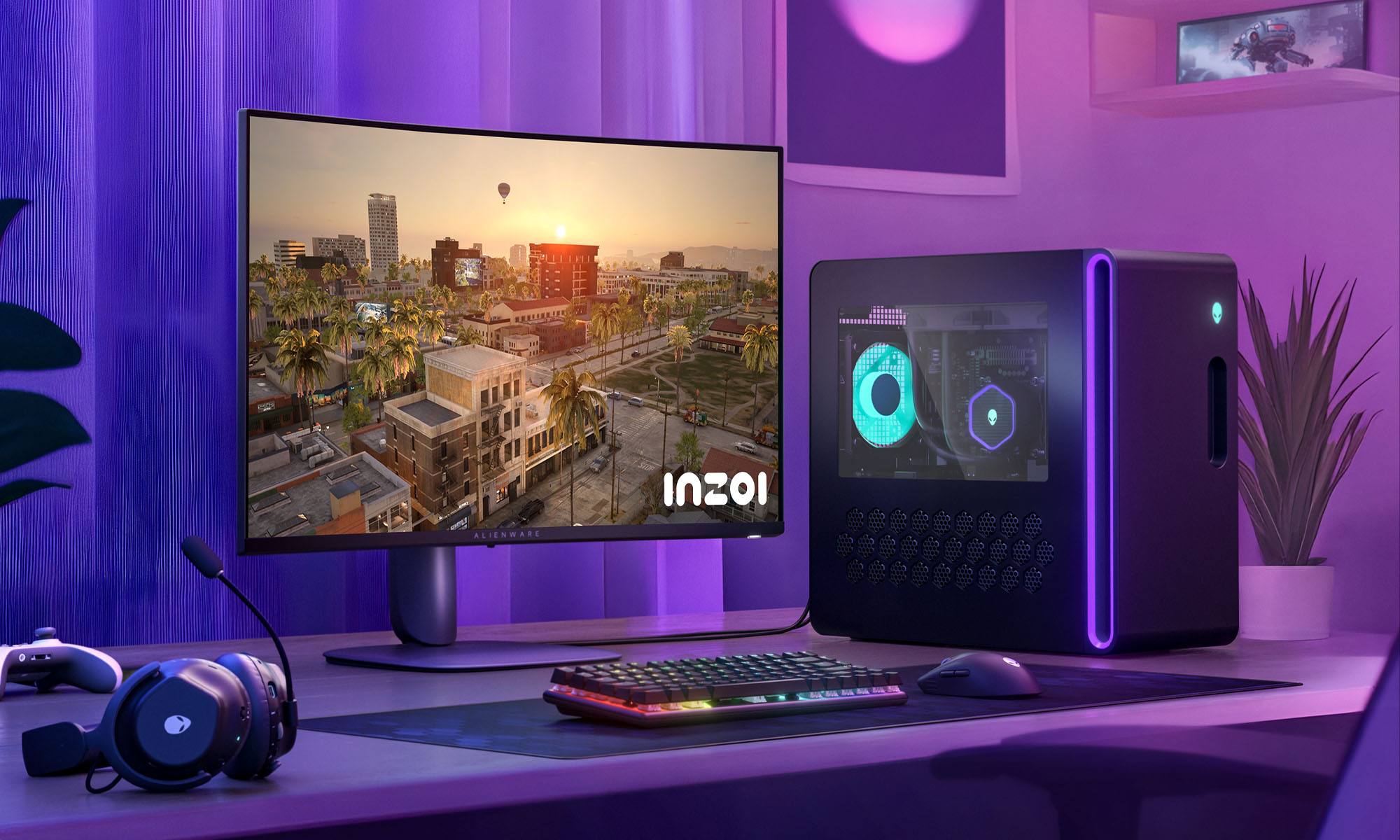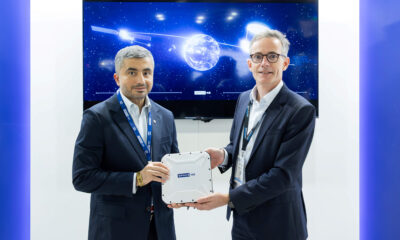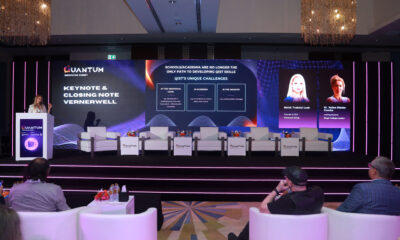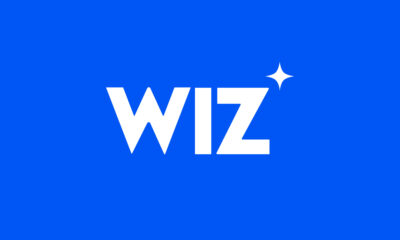News
Password & Crypto-Stealing Trojan Targets UAE Users Via App Stores
The newly-discovered malware, named SparkCat, uses optical recognition to scan for sensitive data inside screenshots and photos.

Researchers at Kaspersky have identified a Trojan lurking in both the App Store and Google Play since at least March 2024. The malware is known as SparkCat, and it uses optical recognition to scan image galleries, stealing sensitive data like crypto wallet recovery phrases and passwords from user’s screenshots and photos.
How SparkCat Spreads
The malware is being distributed through both infected legitimate apps and cleverly disguised lures. These include messaging apps, AI assistants, food delivery services, and crypto-related applications. Some of the compromised apps have made their way into Google Play and the App Store, while others are circulating through unofficial sources.
Who’s At Risk?
Worryingly for our readers, the primary targets appear to be users in the United Arab Emirates. However, various countries in Europe and Asia have also been targeted, as SparkCat’s optical scanning can detect multiple languages.
How It Works
Once installed, SparkCat may request permission to access a user’s photo gallery. From there, it uses an optical character recognition (OCR) module to scan stored images for relevant keywords. If it detects sensitive data — particularly screenshots of recovery phrases for cryptocurrency wallets — it transmits the images to attackers. With this information, hackers can gain full access to a victim’s funds.
Who’s Behind It?
An analysis of the Android version of SparkCat revealed code comments written in Chinese, while the iOS variant included home directory names like qiongwu and quiwengjing. While these clues suggest a Chinese-speaking threat actor, there isn’t enough evidence to link the software to any known cybercriminal groups.
Sergey Puzan, a malware analyst at Kaspersky, noted, “This is the first known case of OCR-based Trojan to sneak into AppStore. In terms of both AppStore and Google Play, at the moment it’s unclear whether applications in these stores were compromised through a supply chain attack or through various other methods. Some apps, like food delivery services, appear legitimate, while others are clearly designed as lures”.
How To Protect Yourself
To minimize the risk of infection, Kaspersky recommends taking the following precautions:
- If you’ve installed an affected app, delete it immediately and avoid using it until a safe update is available.
- Avoid saving screenshots that contain sensitive information, such as crypto wallet recovery phrases. Instead, use secure password managers.
- Consider using reputable cybersecurity solutions like Kaspersky Premium to safeguard against malware threats.
As and mobile malware tactics evolve, staying cautious with app downloads and maintaining strong security practices can go a long way in keeping your data safe.
News
Alienware Just Announced Six New Gaming Monitors
The new models include three QD-OLED and three budget-friendly QHD options, expanding the company’s lineup for all gamers.

Alienware has just updated its gaming monitor lineup with six new additions, including the highly anticipated Alienware 27 4K QD-OLED Monitor. The latest wave of releases is set to reach more gamers than ever, offering high-end QD-OLED displays alongside more budget-friendly options.
The latest displays clearly show that the company is doubling down on QD-OLED with three new models sporting the technology. A redesigned Alienware 34 Ultra-Wide QD-OLED Monitor is also making a return, further refining what is already a fan-favorite display.
A Unified Design: The AW30 Aesthetic
All six monitors feature Alienware’s new AW30 design language, first introduced at CES. The AW30 aesthetic brings a futuristic, minimalist look that unites the entire lineup under a cohesive visual identity.
Pushing QD-OLED Even Further
The refreshed Alienware 34 Ultra-Wide QD-OLED Monitor (AW3425DW) builds on its predecessor’s success with a 240Hz refresh rate (up from 175Hz) and HDMI 2.1 FRL support. It also gains G-SYNC Compatible certification alongside AMD FreeSync Premium Pro and VESA AdaptiveSync, ensuring ultra-smooth performance. With a WQHD (3440×1440) resolution and an 1800R curve, this display enhances immersion for both gaming and cinematic experiences.
For those who crave speed, the Alienware 27 280Hz QD-OLED Monitor (AW2725D) pairs a high refresh rate with QHD resolution, balancing sharp visuals with ultra-smooth gameplay. Meanwhile, the Alienware 27 4K QD-OLED Monitor (AW2725Q) delivers stunning clarity with an industry-leading pixel density of 166 PPI, making it the sharpest OLED or QD-OLED monitor available.
Also Read: Infinite Reality Acquires Napster In $207 Million Deal
Worried about OLED burn-in? Alienware’s entire QD-OLED lineup comes with a three-year limited warranty covering burn-in concerns, offering peace of mind for gamers investing in these high-end displays.
Bringing QHD To A Wider Audience
Alongside QD-OLED, Alienware is also releasing three new QHD gaming monitors aimed at more price-conscious gamers. The Alienware 34 Gaming Monitor (AW3425DWM), Alienware 32 Gaming Monitor (AW3225DM), and Alienware 27 Gaming Monitor (AW2725DM) provide a range of sizes and formats to suit different preferences:
- The Alienware 34 Gaming Monitor (AW3425DWM): An ultrawide (WQHD) option for a panoramic, immersive experience.
- The Alienware 32 Gaming Monitor (AW3225DM): A standard 16:9 panel for a traditional but expansive desktop setup.
- The Alienware 27 Gaming Monitor (AW2725DM): A 27” display offering the same performance in a more compact form factor.
All three gaming monitors feature a fast 180 Hz refresh rate, a 1ms gray-to-gray response time, and support for NVIDIA G-SYNC, AMD FreeSync, and VESA AdaptiveSync to eliminate screen tearing. Additionally, with 95% DCI-P3 color coverage and VESA DisplayHDR400 certification, these displays deliver vibrant colors and high dynamic range for lifelike visuals.
-

 News2 weeks ago
News2 weeks agoSpace42 & Cobham Satcom Launch New Satellite Broadband Terminal
-

 News3 weeks ago
News3 weeks agoVernewell UK: Forging The Future Of Intelligence, Quantum, And AI
-

 News2 weeks ago
News2 weeks agoYasmina Smart Speakers Now Feature Ramadan-Specific Content
-

 News2 weeks ago
News2 weeks agoPure Electric Expands To UAE, Boosting Micro-Mobility Sector



















